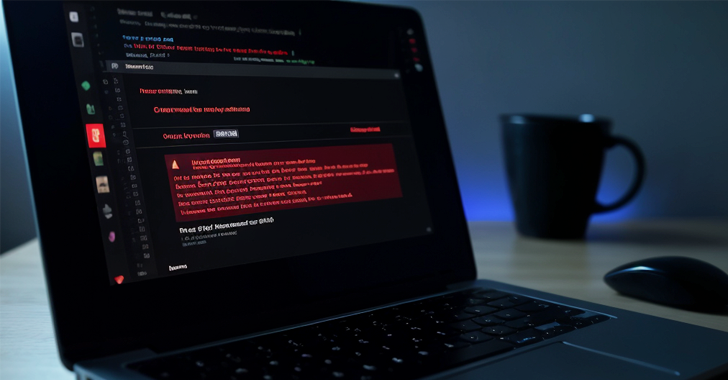Microsoft draws attention to a new Trojan horse (rat) of remote access named Stilachirate The fact that he declared uses advanced techniques to bypass detection and persist in target environments with an ultimate goal of stealing sensitive data.
Malware contains capacities to “steal information from the target system, such as identification information stored in the browser, digital portfolio information, data stored in the clipboard, as well as system information” said in an analysis.
The technology giant declared that it had discovered Stilachirat in November 2024, with its rat characteristics present in a DLL module called “wwstartupctrl64.dll”. Malware has not been attributed to any specific actor or threat country.
It is currently not clear how malware comes to targets, but Microsoft noted that these Trojan horses can be installed via various initial access routes, which makes organizations that organizations implement adequate security measures.
Stilachirat is designed to collect in -depth system information, including the details of the operating system (OS), hardware identifiers such as BIOS standard numbers, the presence of the camera, active remote desktop protocol (RDP) and graphic user interface applications (GUI) in progress.
These details are collected via business management interfaces based on the component object model (COM) (WBEM) using the WMI (WQL) query language.
It is also designed to target a list of cryptocurrency portfolio extensions installed in the Google Chrome web browser. The list includes the Bitget portfolio, the trusted wallet, Tronlink, Metamask, Tokenpocket, BNB Chain Wallet, Okx Wallet, Su Wallet, Braavos – Wallet Starknet, Coinbase Wallet, Leap Cosmos Wallet, Manta Wallet, Képlr, Phantom, Portflux for SEI, Math Portfuille, Wallet, wallet, wallet.
In addition, Stilachirat extracts identification information stored in the Chrome browser, periodically collects content from the clipboard such as passwords and cryptocurrency wallets, monitors RDP sessions by capturing leading window information and contacts contact with a remote server for exfiltration of harvested data.
Communications of the control and control server (C2) are double -meaning, allowing malware to launch instructions sent by it. The features indicate a versatile tool for spying and handling the system. Up to 10 different orders are supported –
- 07 – Show a dialog box with the HTML content rendered from an URL provided
- 08 – Erase the entrances to the event journal
- 09 – Activate the system stop using an undocumented Windows API (“Ntdll.dll! Nshutdownsystem”))
- 13 – Receive an C2 server network address and establish a new outgoing connection.
- 14 – Accept an incoming network connection to the TCP port provided
- 15 – Finish open network connections
- 16 – Launch a specified application
- 19 – List all the open windows from the current office to search for a requested title bar text
- 26 – Put the system in a suspended state (sleep) or hibernation
- 30 – Fly Google Chrome passwords
“Stilachirate has anti-forensic behavior by erasing event newspapers and checking certain system conditions to escape detection,” said Microsoft. “This includes loop checks for analysis tools and sandbox timer that prevents its complete activation in virtual environments commonly used for the analysis of malware.”
The disclosure comes under the name of Palo Alto Networks Unit 42 detailed Three samples of unusual malicious software he detected last year, including a passive background of internet information services (IIS) developed in C ++ / Cli, a bootkit which uses an undeveloped core driver to install an GRUB 2 start-up charger, and a Windows implant of a post-exploitation framework of the transversal platform developed in C ++ called Projectgeas.
The iis stolen door is equipped to analyze certain incoming HTTP requests containing a predefined header and execute orders in them, granting it the possibility of executing commands, obtaining system metadata, creating new processes, executing PowerShell code and injecting Shellcode into an executive or new process.
The bootkit, on the other hand, is a 64 -bit DLL which installs an image of a GRUB 2 start -up charger by means of a legitimately signed nucleus pilot named AMPA.SYS. It is assessed as proof of concept (POC) created by unknown parties from the University of Mississippi.
“When restarting, the GRUB 2 start charger shows an image and plays periodically Bowl via the PC speaker. This behavior could indicate that malware is an offensive farce, “said Unit 42 researcher Dominik Reichel.





